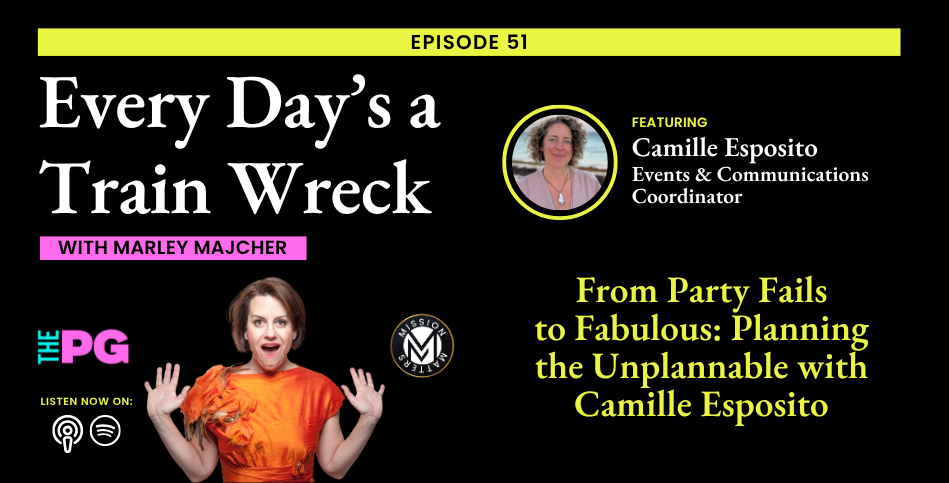How To Claim Your NOL Carryback
If your business experienced a net operating loss (NOL) in 2008, there’s tax relief available that can provide some immediate financial help. Under the American Recovery and Reinvestment Act of 2009, small businesses can extend the carryback period for NOLs from the usual two years to three, four, or five years, offering the potential for a larger tax refund. Eligible businesses with gross receipts averaging no more than $15 million over three years should file their election by April 17, 2009, using forms 1139 or 1045 for quick refunds.

Blog content provided by Barbara Weltman, Publisher of Big Ideas for Small Business®
No one likes to be unprofitable, but there’s tax relief if you are. A net operating loss (NOL) allows you to use a current business loss to offset income in prior years to generate a tax refund, so if 2008 wasn’t a good year for you, take heart and get some money back now.
The American Recovery and Reinvestment Act of 2009 lets small businesses that suffered a net operating loss in a tax year beginning or ending in 2008 to choose a longer carryback period. Instead of the usual two-year carryback, you can opt for three, four, or five years or keep the two-year period. Presumably, the longer carryback period will enable most small businesses to fully utilize their NOL and obtain the largest tax refund possible.
To qualify for the longer carryback period, the business must have average annual gross receipts over a three-year period ending with the year of the NOL of no more than $15 million. This gross receipts test applies at the entity level, even though owners of small businesses that are not C corporations claim their share of NOLs on their personal returns.
Under new IRS guidance you must, in most cases, make your election for a longer carryback period by April 17, 2009. Small C corporations can obtain quick refunds by filing Form 1139. Sole proprietors and owners of other pass-through entities can accelerate their refund by filing Form 1045. These forms are filed after the current year’s income tax return has been filed (so the IRS knows what the NOL is). The IRS guidance tells you how to make the election and file the form to obtain your refund promptly.



